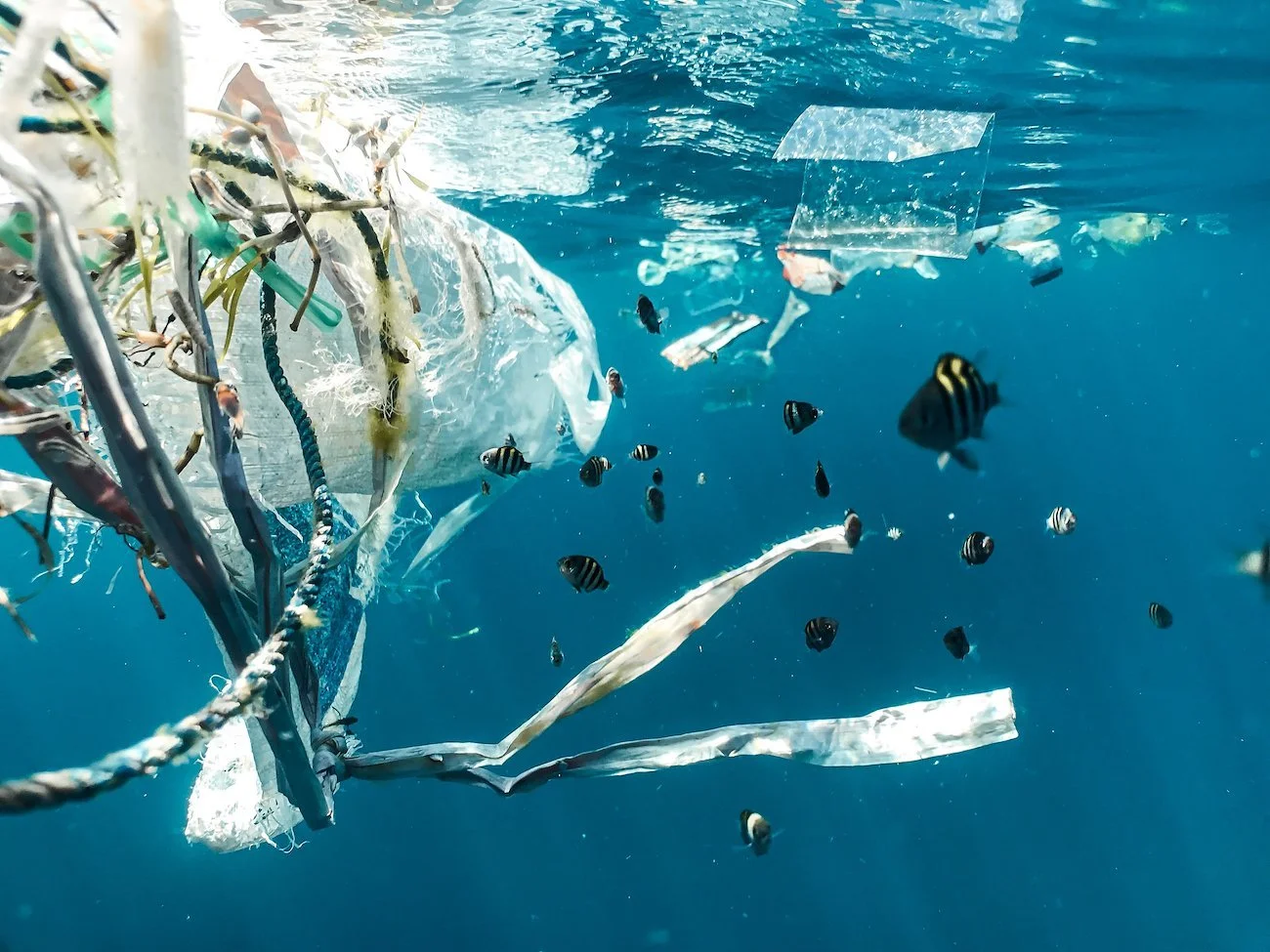YRE Competition 2023
1st Place - Article
11-14 years old
By Vidyuth Vijay Krishnan
Singapore is considered to be one of the cleanest cities in the world, but we could do a better job in managing plastics. That was what inspired me to write this article; to raise a call for change and the greater good. I wanted to spread the tale of Omega and encourage people to help his brothers avert a tragic fate, and save the environment from plastic pollution. Through this article, I hope we will be one small step closer to achieving the Sustainable Goals of “Sustainable Cities and Communities” and “Responsible Consumption and Production”.
THE STORY OF OMEGA
Oh, hello there. I’m Omega, a ghost now, the ghost of a nurdle (a pre-production plastic pellet). Allow me to share with you my sorrowful journey and unceremonious death.
Figure 1 - Life of Omega
My Birth
It all began when a huge oil rig crane extracted crude oil from deep under the sea through a long pipe. This crude oil was loaded into a ship which set sail for the oil refinery. There, it was mixed with natural gases from rock formations. Energy and water were used to alter the structure of the mixture, which was made of monomers. These monomers bonded to form long polymer chains. Millions of these chains bonded to form pellets[1], like me. A countless number of my brothers and I were melted using high heat and pressure into a thin tube known as a preform. Once we had cooled down, air was blasted into the tube opening. We were stretched inside the blow mould and filled with air. We expanded into a hollow bottle. Fruit juice was poured into us, a cap screwed on and a sticker plastered. Thousands of identical bottles were loaded into shipping crates. Then, everything was dark for a few days.
My Journey
My memory restarted after I was unloaded from a huge lorry and displayed on a shelf in a grocery store. Within an hour of arriving, I found myself in a shopping cart and was soon taken to a house. In the evening, someone picked me up, unscrewed the cap, tilted the juice into their mouth and chucked me in the bin.
My life doesn’t end here though!
The Not-So-Thrilling Experience
I spent a night in a dustbin full of food waste. In the morning, someone took the plastic bag that I was in and threw it into the common refuse chute. I plummeted about 30 metres to join a hundred other plastic bags filled with stinky rubbish. A garbage truck picked us up and few hours later, we were strewn onto a conveyor belt with many rollers. At one stage, all the metal tins got sucked away. Strangely, nothing happened to any of us plastics. However, we had something ten times more sinister in store for us. The conveyor belt took many twists and turns and we were tossed about everywhere. At the end, a blazing fire awaited us, and I knew my end had arrived. I was releasing toxic fumes (containing dioxins, furans, mercury and polychlorinated biphenyls[2]) while being cremated alive.
The Landfill
My ashes were carried by ship to an island named Pulau Semakau and dumped into a huge crater. At the current rate, Pulau Semakau will be fully filled by 2035. My remains shall lie here almost eternally, as plastics take a minimum of 400 years to decompose[3]. My immortality is a curse.
Survey Results
The story of Omega is a common story in Singapore. In 2016, about 762,700 tonnes of plastic were incinerated[4].
This journalist conducted a Google Forms Survey[5] to understand Singaporeans’ habits when it comes to plastics.
Figure 2: Google Forms Survey Results
Of the 61 respondents, only 31.1% and 34.4% indicated that they recycle and reduce use of plastic most of the time. Similarly, only 37.7% of respondents indicated that they reuse a plastic product multiple times. The first three graphs show that most Singaporeans are well-versed in the 3Rs but may not be maximising their efforts.
Moreover, 68.9% felt they generate ‘moderate’ amount of unnecessary plastic waste, which has become rampant nowadays, especially in online shopping. We usually have to rip through multiple layers of packaging before getting to the product.
52.5% of the respondents mentioned they are aware of plastic pollution but admit to not doing much. Are we Singaporeans lazy to walk to find a blue bin near us? Or are individuals perhaps unclear about what to throw in recycling bins?
At the end of the survey, respondents were asked to reflect on whether there is still hope for the future. 41% replied maybe, and an almost equal percentage of respondents replied yes. Could we still correct our mistake? Perhaps it’s not too late to start making a change.
Reducing Plastic Pollution
A tip for individuals to reduce plastic pollution is to make it a habit to use alternatives to plastic and further reuse plastic items. Reducing consumption is more important than recycling, because it aims to reduce demand. Since supply is fuelled by demand, a reduction in demand would reduce the supply of plastics.
In addition, proper disposal is quintessential. Consumers should throw waste in the right bin. Don’t throw recyclables in the general waste bin, else they will suffer Omega’s fate, and it is detrimental to throw garbage in recycling bins as they contaminate recyclables. According to ZeroWasteSG, 40% of recyclables are not recycled due to contamination[6]. Recyclables contaminated with food waste should be washed before being thrown in the recycling bin. Clean recyclables can then be brought to a plant where they are disintegrated into nurdles and remade into new plastic products, extending their lifespan.
The Singaporean government has increased the number of recycling bins for every housing block, with clear instructions on proper disposal techniques. There are also dedicated bins for specific recyclables.
Figure 3: A neighbourhood recycling bin and a RecycleNSave machine [7]
In addition, it would be a good idea for companies to indicate how their plastic products can be properly disposed of, in the form of adding a colour-coded dot to their label.
Hope
When plastic was discovered, it was a boon because of its versatility. But it has become a curse due to its inability to decompose. Hopefully, Mother Nature will forgive us for this blunder and give us time for remedial action.
REFERENCES:
[1] Facts about plastic production from PepsiCo Recycling: https://www.youtube.com/watch?v=erGnf7ws20E
[2] UNEP: https://www.unep.org/news-and-stories/story/plastic-bag-bans-can-help-reduce-toxic-fumes
[3] WWF: https://www.wwf.sg/plastics/
[4] National Environment Agency (NEA): https://www.nea.gov.sg/docs/default-source/our-services/waste-management/wastestats-2003-20164197a3fd04d34770bafba09393d0fdf0.pdf
[5] Google Survey Form: https://docs.google.com/forms/d/e/1FAIpQLSfMk6vTv919HjIflQK6TUDsPKSlgKoo9JhmOiCj9S64Q0Ow4g/viewform
[6] ZeroWasteSG – An initiative of NEA: https://www.towardszerowaste.gov.sg/recycle-right/
[7] RecycleNSave - An initiative of NEA and F&N Foods: https://recyclensave.sg




